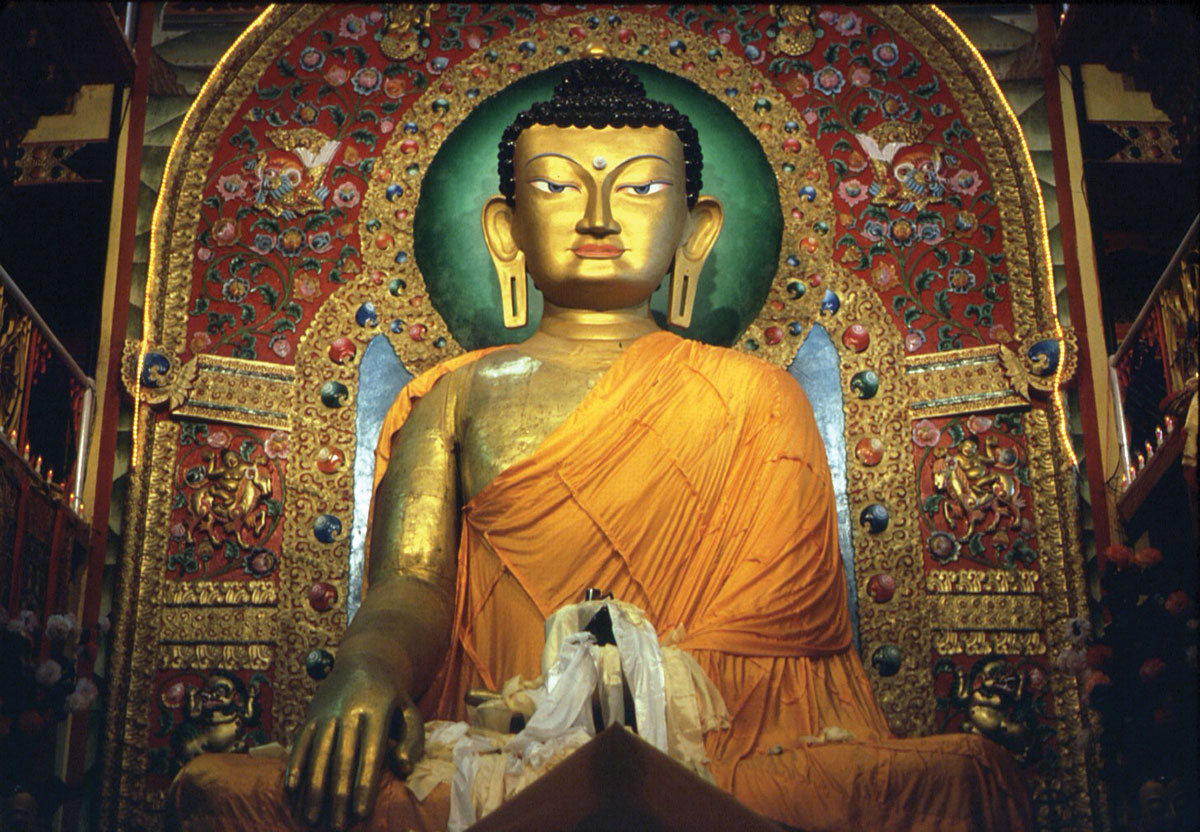PARADISE UNEXPLORED
Lord Buddha, Tawang, Arunachal Pradesh. (Incredible India)
Discovering India’s North East states is a thrilling and challenging adventure, in the best traditions of travel and discovery. Siliconeer, in association with India Tourism Los Angeles presents glimpses of the North East as a tourist destination for your next grand Indian vacation. (Travel, #IncredibleIndia, #Siliconeer, @Siliconeer, #TravelsinIndia)
Embarking on a journey of India’s remote eight states of the North East is a tumultuous but rewarding one. The infinite variety of its geographic setting, topography, varied flora and fauna and avian life, the history of its people and the variety of its ethnic communities and their rich heritage of ancient traditions and lifestyles, its festivals and crafts — all make it a holiday wonderland that’s just begging to be discovered afresh.

Connected by an infinite chain of pearly threads, intricate as a spider’s web, the North Eastern states of Arunachal Pradesh, Assam, Nagaland, Manipur, Mizoram, Meghalaya, Sikkim and Tripura offer visitors a rare feast — a kaleidoscopic fiesta that lures you with its magical richness and stunning variety. The raw natural beauty, rare orchids and butterflies, brightly painted monasteries, challenging rivers, intricately woven tribal shawls, indigenous sports — each one has its own special message to the traveler as he passes from one state to another — mesmerized by its dazzling variety and compelling appeal.
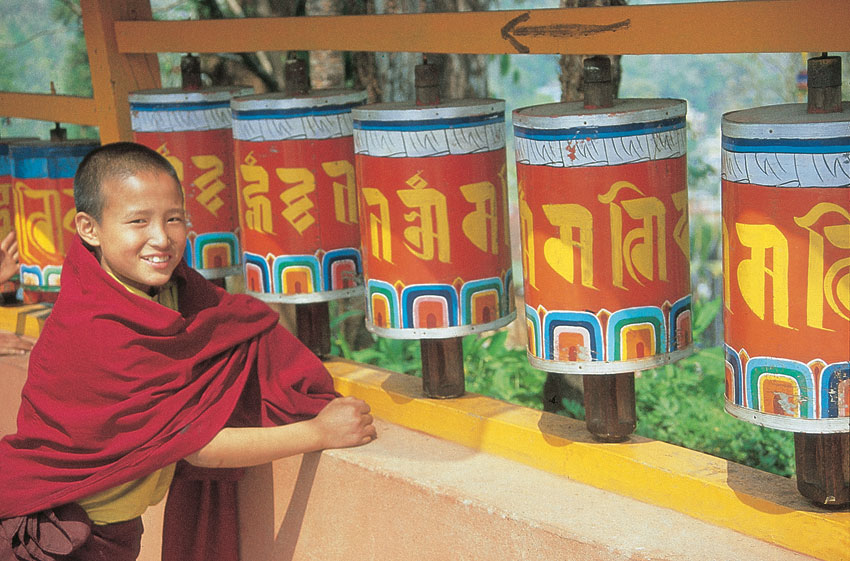
The region’s ecology and the lives of the people here have been shaped by the major rivers of the region, the Brahmaputra and the Barak, the serried ranges of its ancient mountains and the thick tracts of impenetrable jungle and, of course, those months of incessant rain. The population here remains predominantly tribal.
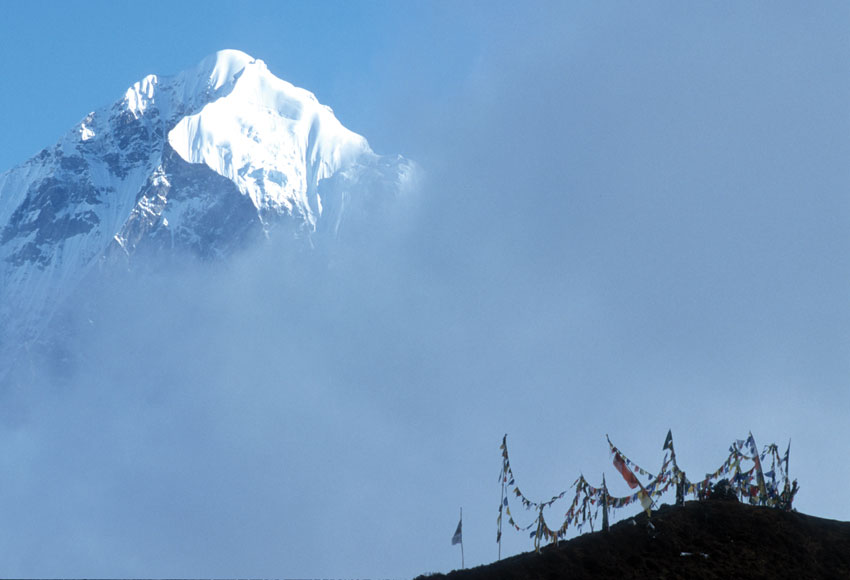
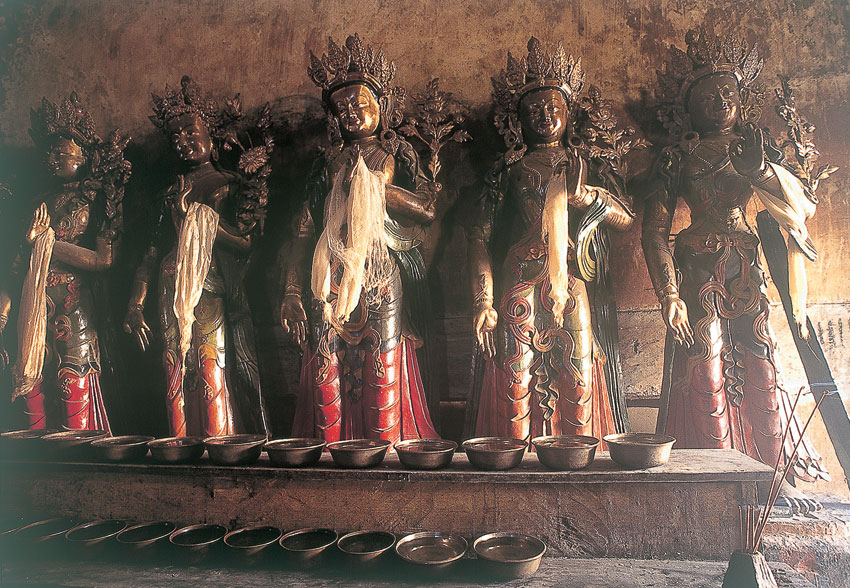
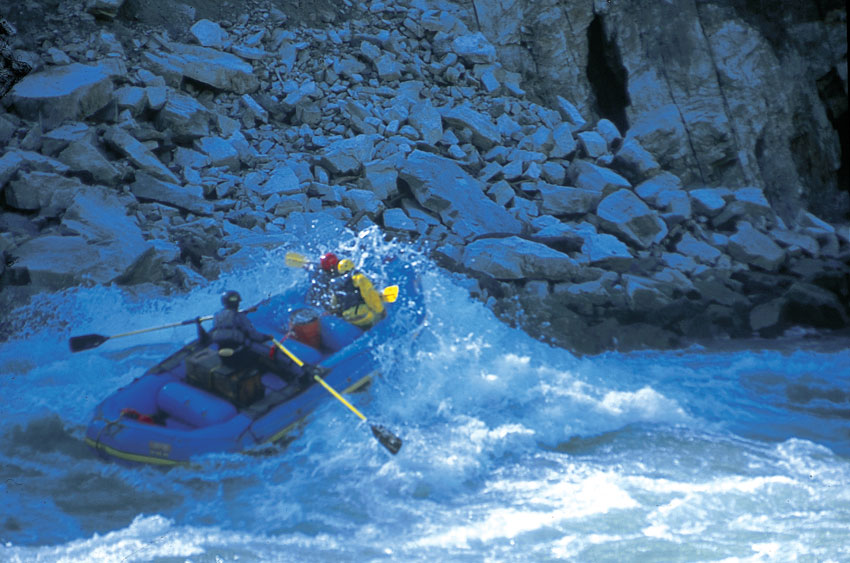
Arunachal Pradesh: Popularly called as the `land of rising sun,’ it is the largest of all the North East states. The natural beauty and culture craft tradition, splendid wild life and magical charm, make the state one of the most beautiful in the region. The state is one of Asia’s most biologically diverse and intact forest eco-systems. It also has ancient Buddhist monasteries and temples, including the 400-year-old Twang monastery and Urgelling monastery which is the birth place of the 6th Dalai Lama. The land is also famous for the hill stations like Along, Ziro and Tawang (10,000 ft.).
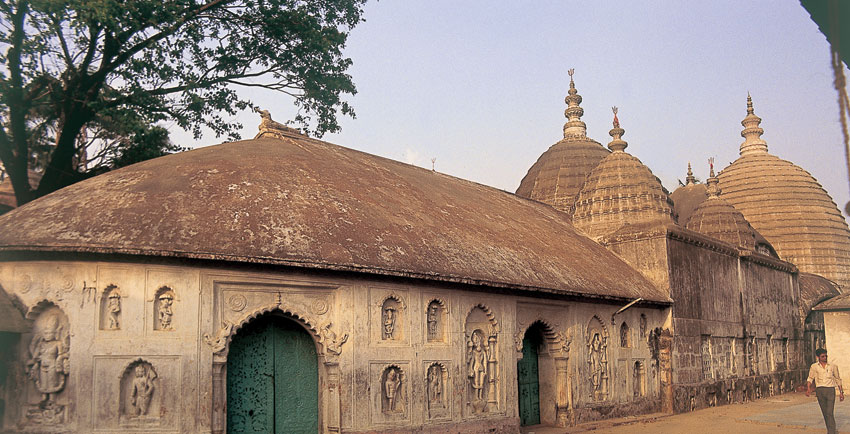
Assam: There’s much more to Assam than its world famous tea. It is the land of the world famous and rare one-horned rhinoceros that roams Kaziranga National Park; the mighty Brahmaputra river; the remarkable Majuli island, the biggest river island in the world; ancient Ahom architectural marvels and numerous Golf courses backed by beautiful heritage/luxury resorts and colonial tea bungalows. Manas National Park is a UNESCO Natural World Heritage site, a Project Tiger Reserve, an Elephant Reserve and a Biosphere Reserve. Perched on top of the Nilachal Falls, Kamakhya is a temple named after a most revered Goddess. The state is also famous for its colorful fairs and festivals.

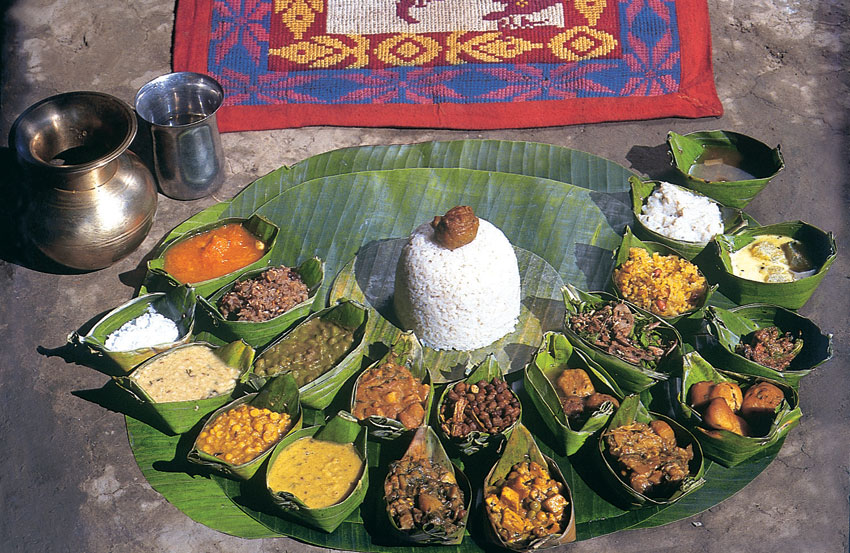
Manipur: The literal meaning of Manipur is “Land of Jewels.” These jewels are in the form of emerald lakes, Blue Mountains, foaming waterfalls and exotic wildlife. It is claimed to be the birthplace of the equestrian sport of polo. The most unique, however, is the Sangai, the dancing deer. The floating mass of vegetation on the Loktak Lake sustains small herds of this endemic deer, which is the most threatened Cervid in the world. Manipur’s dance forms are based on “Ras Leela,” linked to the life of Lord Krishna. The other attractions include Bishnu Temple a 15th century conical roofed shrine dedicated to Lord Vishnu and festivals like Sangai festival named after the Sangai deer. There are 500 varieties of orchids that grow in Manipur, in addition to the ‘Siroi Lily,’ the only terrestrial lily, grown on the hilltops of Siroi hill, Ukhrul.
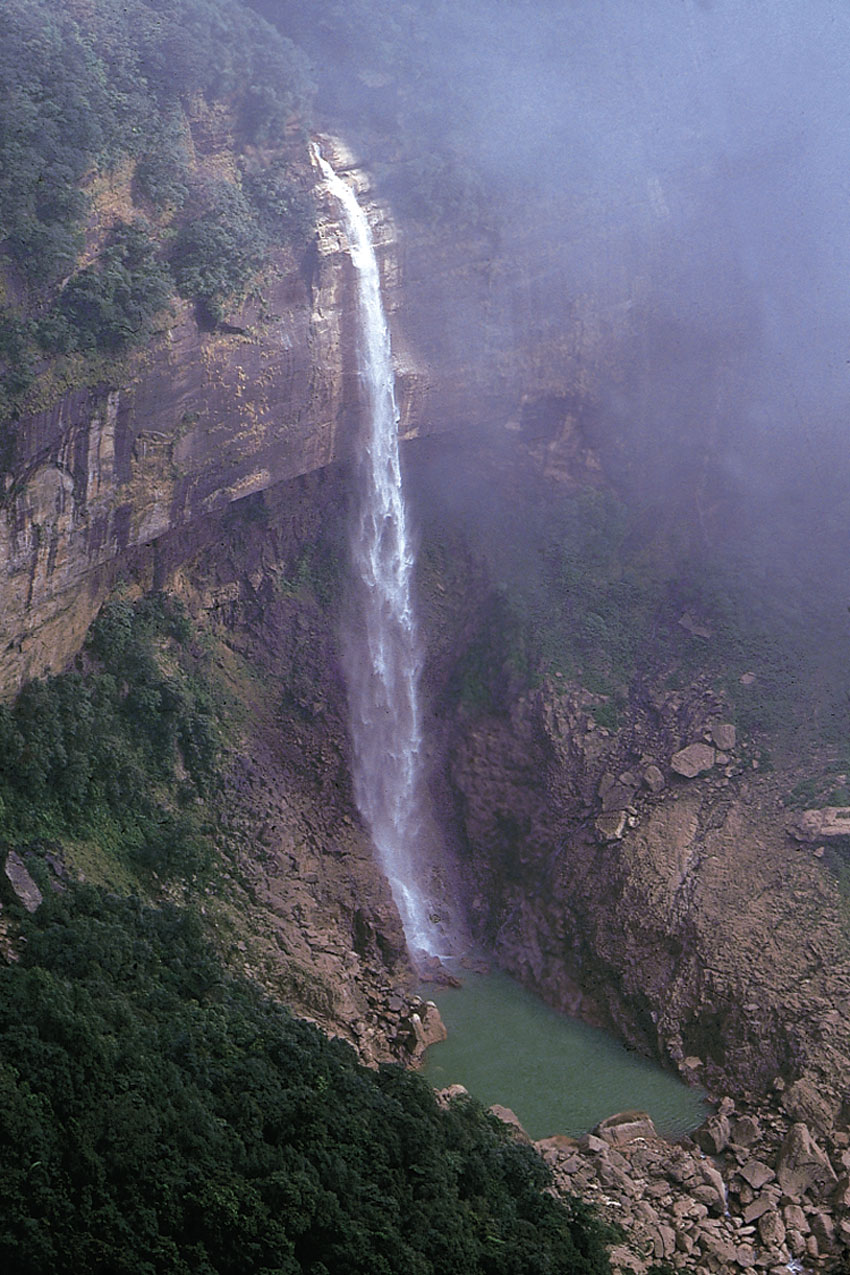
Meghalaya: “Meghalaya” literally means the “Abode of Clouds” in Sanskrit. The State has the thickest surviving forests in the country, notable for their biodiversity of flora and fauna and provides immense opportunities for adventure, in the very lap of nature. A major attraction is the presence of about 500 natural limestone caves. Siju cave, at 1772 meters, is the 3rd longest cave in India and contains some of the finest river passages to be found anywhere in the world. Cheerapunjee and Mawsynram, are the wettest regions in India, receiving highest rainfall. The unique tourist attraction of Cheerapunjee is the living root bridges. The people of Meghalaya are known to be hospitable, cheerful and friendly.
Mizoram: Mizoram, the `land of Blue Mountains,’ is a veritable treasure trove of natural beauty with its endless variety of landscape, hilly terrains, meandering streams, deep gorges, and rich wealth of flora and fauna. Trekking here is simply excellent and exciting. There are about 21 peaks in Mizoram, offering much scope for adventure sports. Renowned for their hospitality, Mizos are a close-knit society with no class distinction or discrimination on grounds of gender.
Nagaland: The land of the `Nagas’ is full of myths and festivals. In Nagaland, one can encounter sixteen major tribes, each attired in awe-inspiring ceremonial regalia in vibrant colors with emblazoned ancestral motifs. Each of the 16 tribes and sub-tribes has its own languages, customs and traditions. The Nagas celebrate their festivals with gusto and fervor. Custom, festivals, folklore, music and robust dances create a vibrant atmosphere. The most famous is the Hornbill festival, which is held annually, during the first week of December, showcasing a mélange of Naga culture under one roof. Held within the confines of a heritage village called Kisama, the festival is a cultural extravaganza.
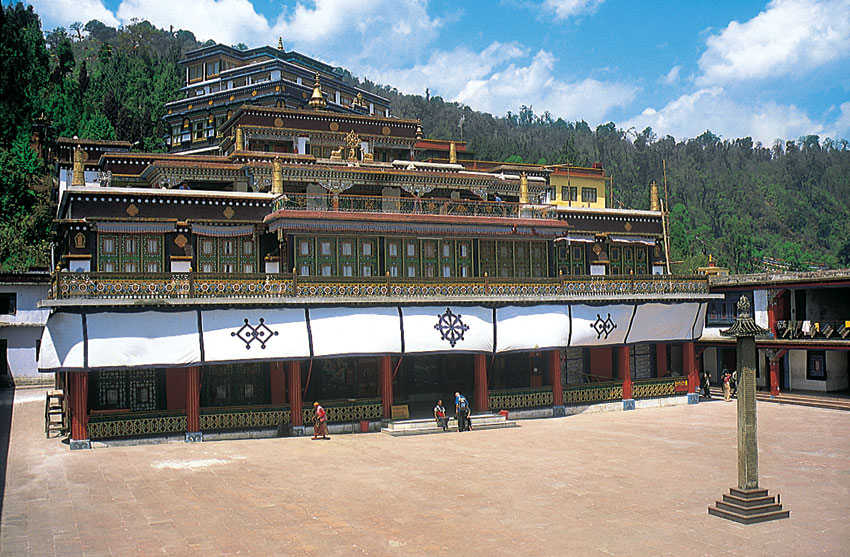
Sikkim: An experience of the panoramic perfection of snow-capped Himalayas, where Mt. Khangchendzonga, the third highest mountain in the world stands tall. Flower-bedecked meadows and vibrant culture with joyous festivals are some of the major attractions. Precipitous slopes inhabited by high altitude exotic species of animals, some rare animals like snow leopard, clouded leopard and red panda, birds and flora are in abundance. The state has about 75 Buddhist monasteries, dating back to the early 18th century. Sikkim has nearly 200 Buddhist monasteries or Gompas. Prominent among them are the Rumtek monastery, Pemayangtse monastery.
Tripura: The erstwhile princely state of Tripura has two-third of its area cowered with forest and abundance of lakes and wildlife sanctuaries. Jampui Hill, a quaint hill station and holiday resort, is a blend of architecture ranging from magnificent palaces to Buddhist and Hindu temples with rock cut carvings. One of the most visited sites in the State is the fairy tale palace of ‘Neermahal’ – literally `water palace’- built in 1930 and inspired by Mughal architecture. It was the summer residence of the king and is situated in the picturesque Rudra Sagar lake.
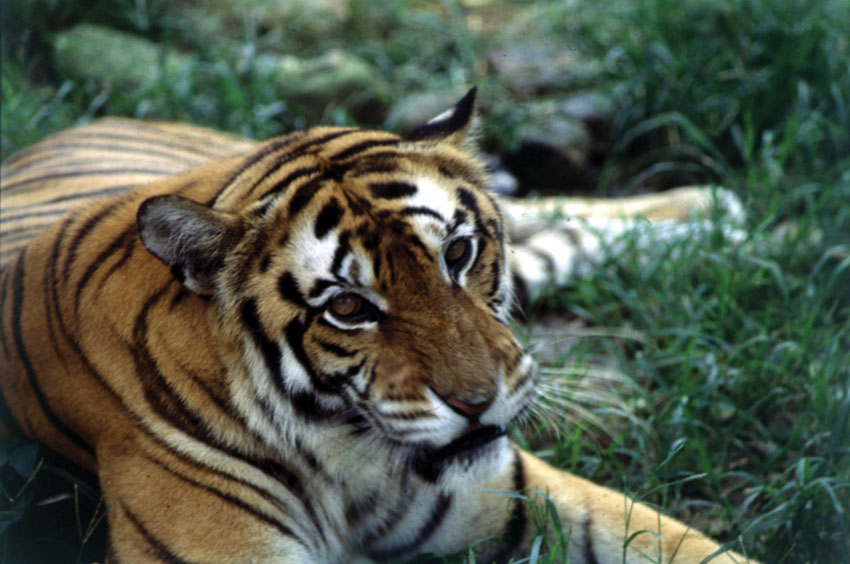
The North East’s amazing diversity makes it a holiday destination for all seasons. But because of the torrential monsoon it’s best to avoid the period between June – September. October to March is the best period to explore this diversity at leisure. During peak winter you may have problems crossing the Se La Pass to Tawang in Arunachal Pradesh, so opt to travel there around mid-September- November and March-April. For accommodation, there are a plenty of hotels in the big towns to choose from, but you will also find tourist lodges and forest rest houses in most places.
(Excerpts from “India’s North East Paradise Unexplored” – a Traveler’s Companion [http://incredibleindia.org/images/docs/e-brochures-pdf/north_east_companion/northeastfinalpages.pdf] ©India Tourism Development Corporation. ©IncredibleIndia.org. For more information, visit incredibleindia.org or contact India Tourism Los Angeles at 1-800-422-4634).
